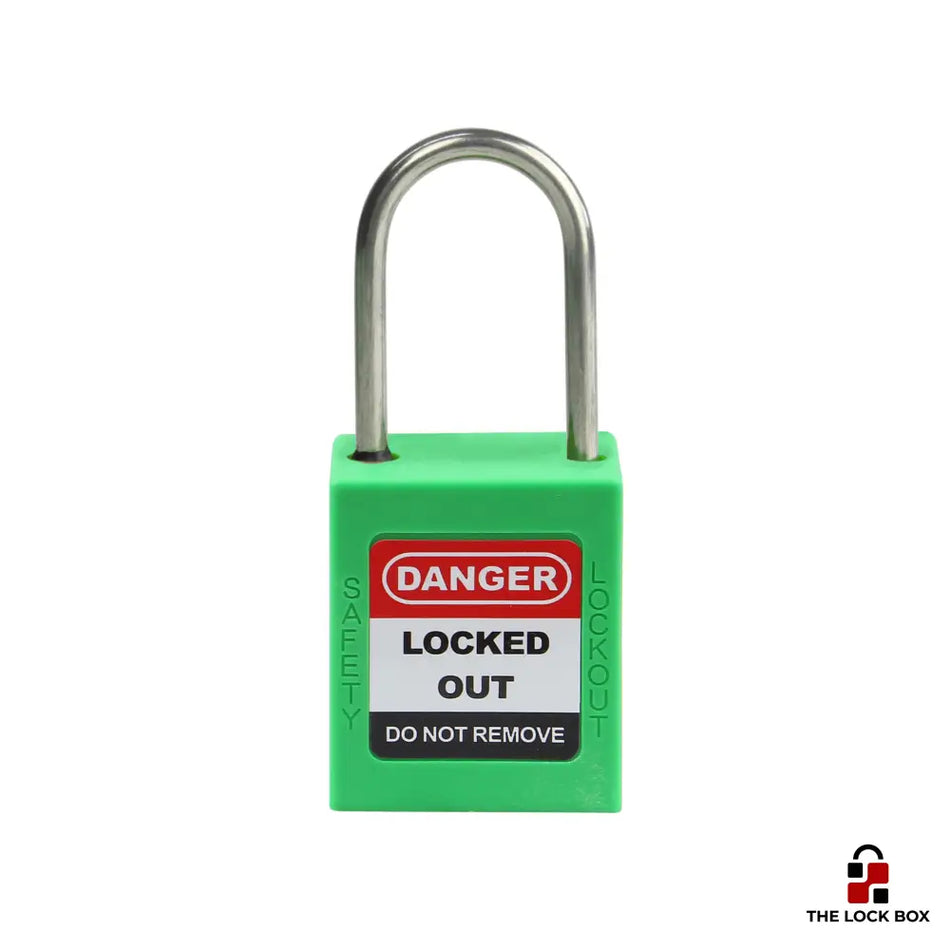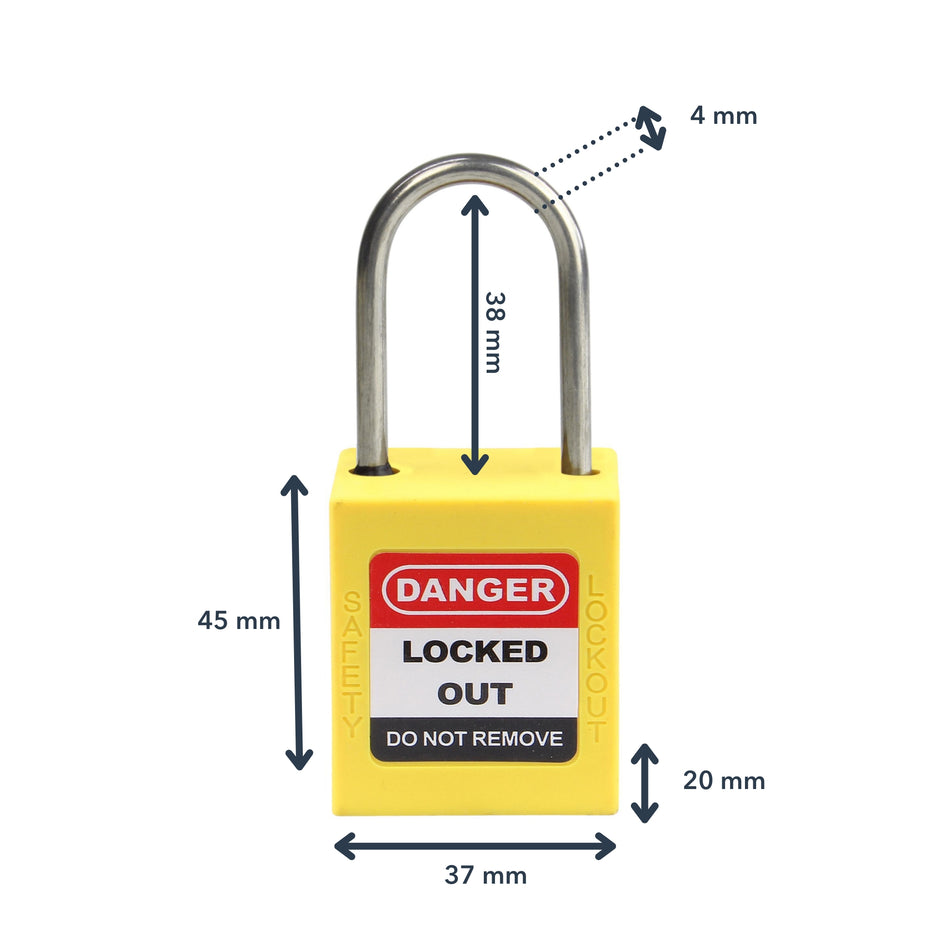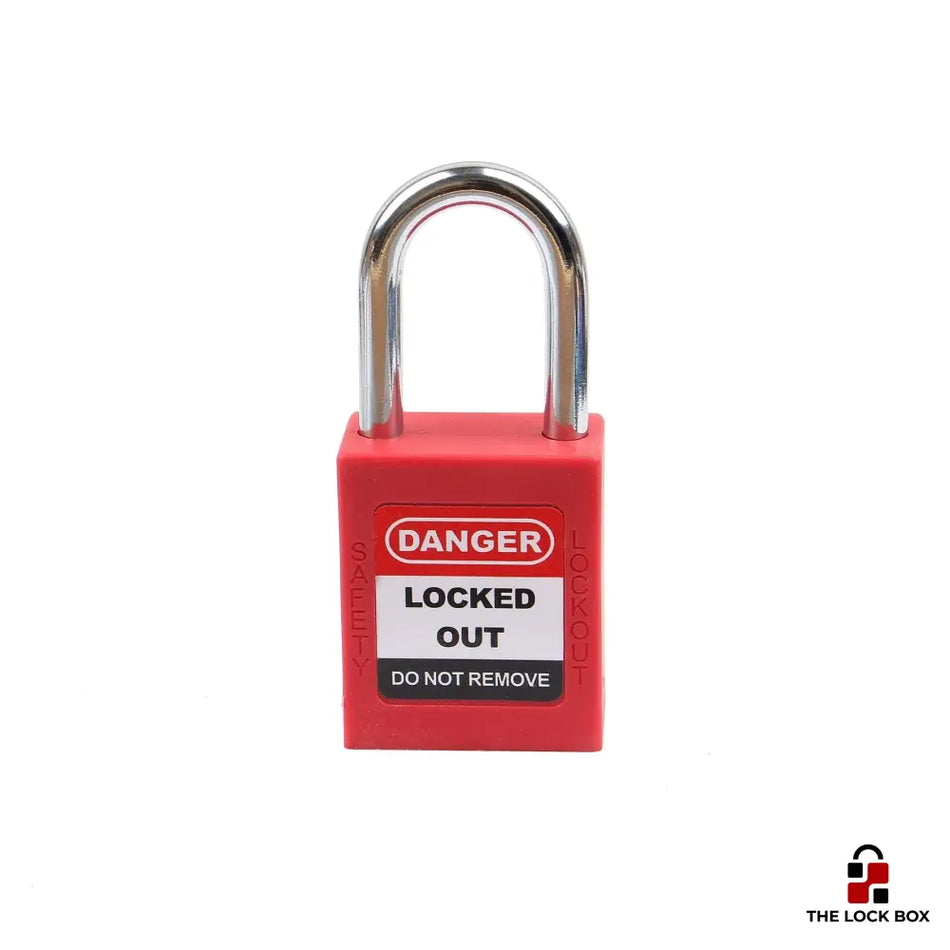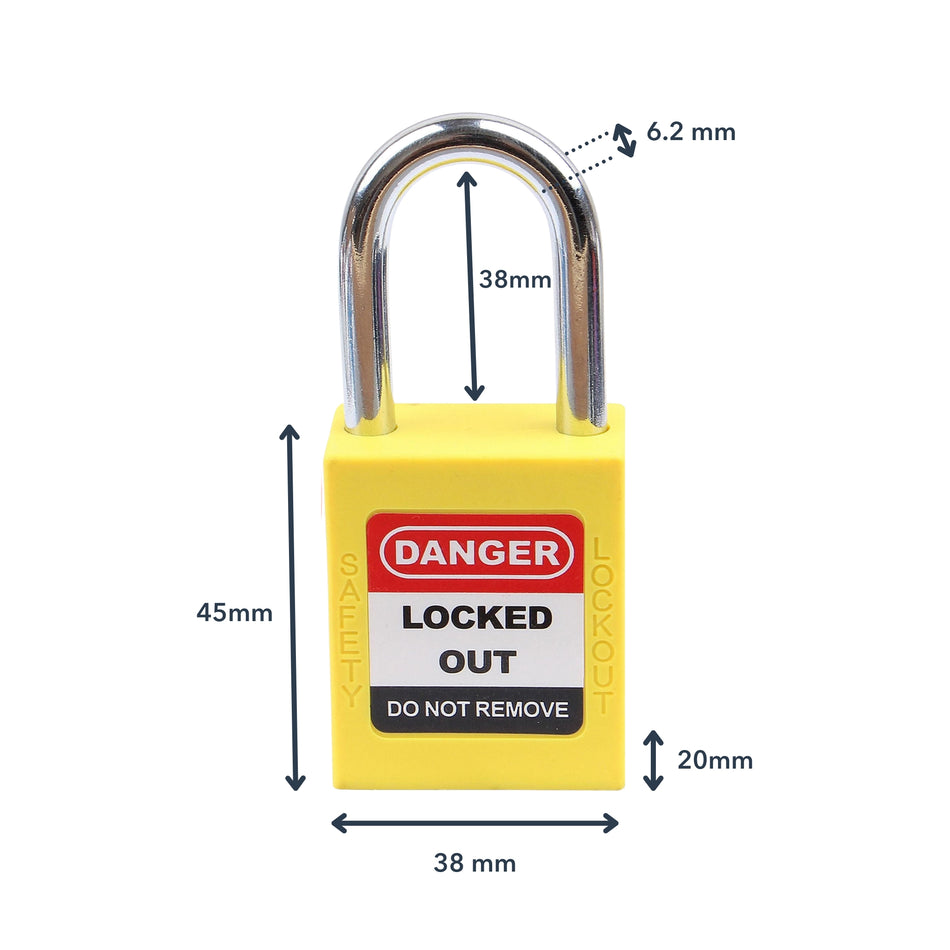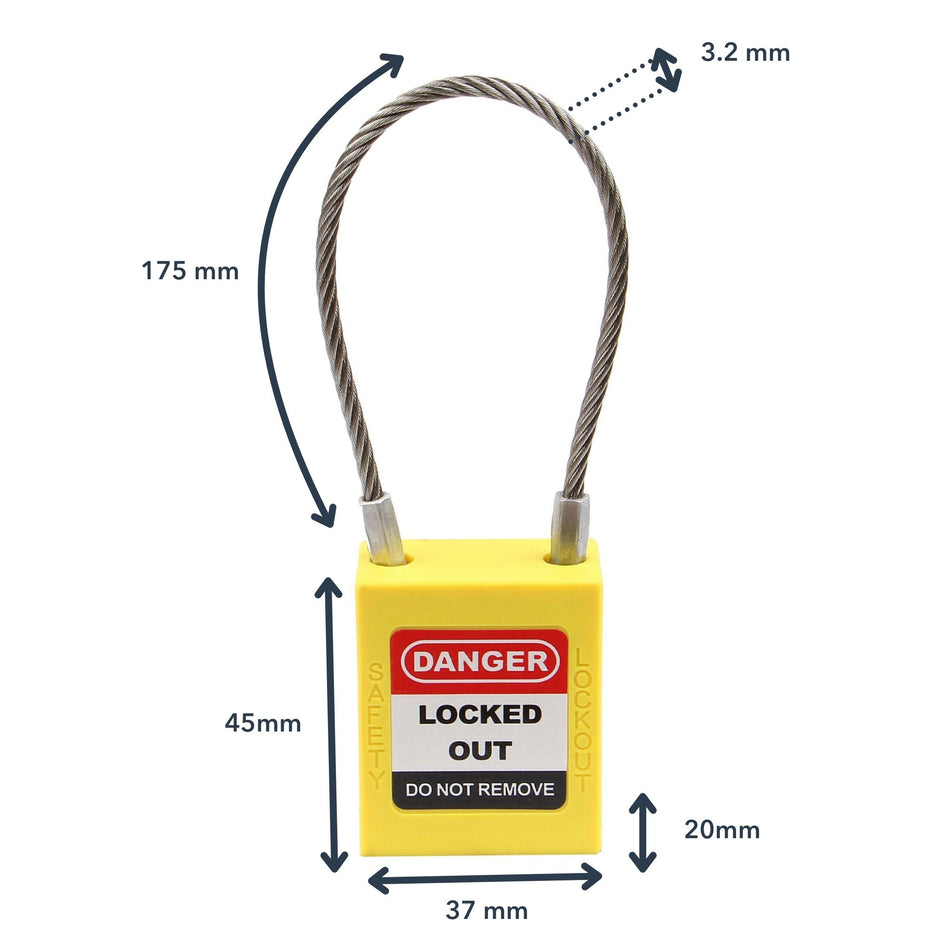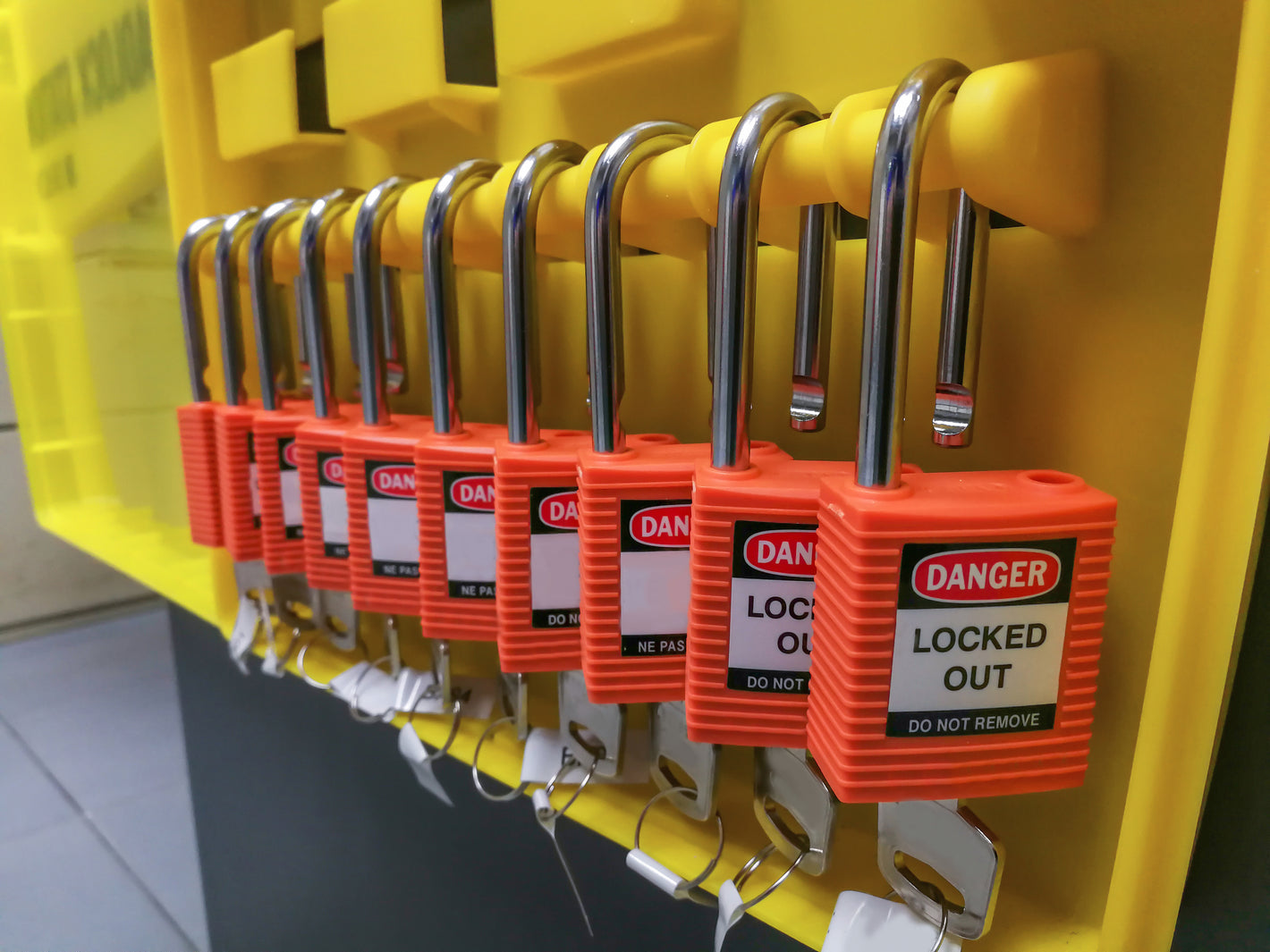Introduction
Safety is a critical concern in industrial settings, particularly where machinery is involved. The risk of accidental activation or energy release can lead to serious injuries or fatalities if not properly controlled. Industrial workers regularly operate heavy machinery that relies on compressed air to function. This compressed air, when not safely isolated, can cause sudden and unexpected movements of machinery components. As a result, a comprehensive lockout/tagout (LOTO) procedure is crucial for any workplace dealing with pneumatic cylinders and other machinery.
Pneumatic cylinders are widely used in various industries, from automotive manufacturing to pharmaceuticals. Their efficient and powerful operation makes them essential for many tasks. However, this power comes with potential hazards if the equipment isn't properly isolated and secured during maintenance or repair. This necessity becomes even more evident when considering that:
In 2021, more than one-quarter (25.7%) of fatal work accidents in the EU were attributed to the loss of control over machines, tools, or transport/handling equipment.This stark statistic underscores the importance of adopting stringent lockout/tagout (LOTO) practices for pneumatic cylinders. Following these safety measures helps ensure the protection of workers by preventing accidental releases of hazardous energy.
What Is a Pneumatic Lockout?
Pneumatic lockout is a safety procedure that involves isolating and securing the energy supply of pneumatic systems to prevent the accidental start-up or release of hazardous energy during maintenance and repair activities. Pneumatic systems, which use compressed air to operate machinery, can pose significant risks if not properly controlled. The lockout process typically involves shutting off the air supply at a compressor or bottle, bleeding the system of any stored energy, and applying lockout devices that physically prevent the operation of air supply valves. These measures ensure that equipment remains inoperative while maintenance personnel are at work, safeguarding them against unexpected energization.
Devices Requiring Pneumatic Lockout
The application of pneumatic lockout is essential for a variety of devices and systems that utilize compressed air. Here are some common examples:
- Gas Cylinders: Often used in industrial and medical applications, gas cylinders store gases at high pressure which can be hazardous if accidentally released. Proper lockout ensures that the valves cannot be opened during maintenance.
- Compressed Air Systems: These systems power a multitude of industrial tools and machines. Locking out the air supply prevents any accidental operation or air discharge that could result in injury.
- Air Hoses and Connectors: Hoses that carry compressed air to tools and machinery must also be considered during lockout procedures. Disconnections and securing hose ends ensure no residual pressure remains that could cause unexpected equipment activation.
- Pneumatic Tools: Tools powered by compressed air, such as jackhammers, drills, and sandblasters, require isolation from their air source to prevent unintentional usage.
Pneumatic Lockout Devices Offered by The Lock Box
-
Pneumatic Air Isolation Box:
Constructed from durable, rigid ABS, this box is engineered to accommodate various air fittings, featuring multiple holes for versatile application. It effectively isolates pneumatic energy by enclosing connection points.
-
Pneumatic Male Air Lockout:
Specifically designed to fit the majority of male air fittings used in pneumatic systems, this lockout device prevents the connection of pressurized air to the equipment.
-
Stainless Steel Air Source Lockout:
Made from high-quality 304 stainless steel for durability and corrosion resistance, this lockout device ensures that pneumatic fittings cannot be connected to a pressurized air source, fitting almost all configurations found in manufacturing settings.
-
Gas Cylinder Lockout (Small/Large):
These lockout devices cover the valve of gas cylinders, both small and large, to prevent unauthorized access and usage. A padlock or hasp can be added to secure the cover, ensuring that the cylinder cannot be opened.
Conclusion
Proper pneumatic lockout procedures are crucial in preventing workplace injuries or fatalities due to accidental energy releases. Isolating and securing pneumatic energy sources ensures that machinery remains safely inoperative during maintenance or repair work. By following best practices and implementing high-quality lockout/tagout (LOTO) devices, workers can significantly reduce the risk of accidental re-energization and protect their colleagues from potentially devastating consequences.
The Lock Box provides a comprehensive range of pneumatic lockout devices tailored to the diverse needs of different industries. From the versatile Pneumatic Air Isolation Box to the specialized Gas Cylinder Lockout systems, these solutions ensure compliance with safety standards and effective risk mitigation. The Stainless Steel Air Source Lockout and Pneumatic Male Air Lockout offer robust protection against accidental pressurized air connections, accommodating a wide range of fittings used across various sectors.
Additionally, The Lock Box recognizes that each work environment is unique and requires customized solutions to achieve comprehensive safety. That's why they provide a diverse selection of LOTO kits to fit different professional requirements, including valve lockouts, electrical lockouts, and combination solutions. These kits, combined with best-in-class lockout stations and padlocks, offer professionals a one-stop solution for maintaining a safe and efficient working environment.
Visit The Lock Box’s pneumatic collection today to explore their complete range of pneumatic lockout devices. By securing your team's safety with these specialized tools, you'll gain peace of mind and ensure compliance with stringent safety regulations. Prioritizing pneumatic lockout is a responsible and strategic choice that safeguards your workforce while fostering a culture of safety and productivity within your organization.

